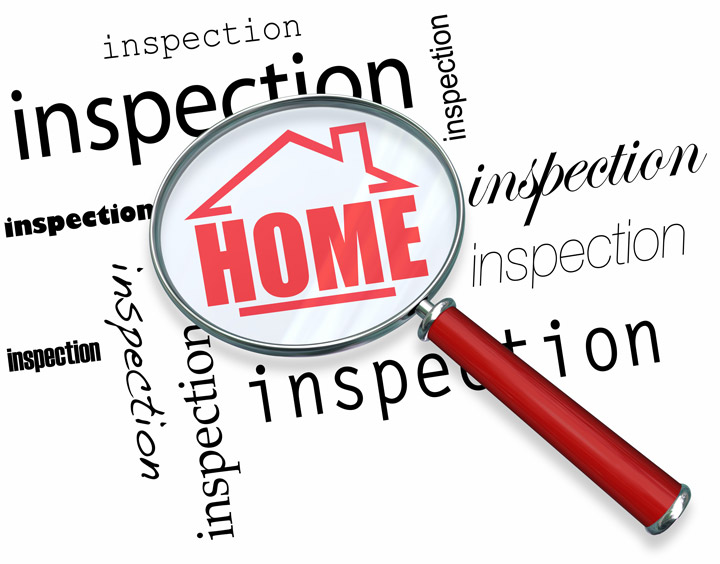
What Goes Into an Appraisal?Their home's purchase is the most significant investment many of us may ever encounter. It doesn't matter if where you raise your family, a seasonal vacation property or a rental fixer upper, the purchase of real property is a complex financial transaction that requires multiple parties to make it all happen. You're probably familiar with the parties taking part in the transaction. The most recognizable entity in the transaction is the real estate agent. Next, the bank provides the financial capital necessary to finance the exchange. And ensuring all details of the transaction are completed and that the title is clear to transfer to the buyer from the seller is the title company. So, who's responsible for making sure the value of the real estate is consistent with the purchase price? In comes the appraiser. We provide an unbiased estimate of what a buyer could expect to pay — or a seller receive — for a parcel of real estate, where both buyer and seller are informed parties. A licensed, certified, professional appraiser from d/b/a Scott Rolf will ensure, you as an interested party, are informed. The inspection is where an appraisal startsOur first task at d/b/a Scott Rolf is to inspect the property to ascertain its true status. We must actually view aspects of the property, such as the number of bedrooms and bathrooms, the location, living areas, etc, to ensure they really are present and are in the condition a reasonable person would expect them to be. The inspection often includes a sketch of the house, ensuring the square footage is proper and illustrating the layout of the property. Most importantly, the appraiser looks for any obvious features - or defects - that would have an impact on the value of the house. Back at the office, an appraiser uses two or three approaches to determining the value of the property: a sales comparison, a replacement cost calculation, and an income approach when rental properties are prevalent. 
Replacement CostHere, we use information on local building costs, the cost of labor and other elements to determine how much it would cost to replace the property being appraised. This estimate commonly sets the maximum on what a property would sell for. The cost approach is also the least used method. 
Analyzing Comparable SalesAppraisers become very familiar with the neighborhoods in which they work. They innately understand the value of particular features to the people of that area. Then, the appraiser looks up recent sales in close proximity to the subject and finds properties which are 'comparable' to the subject in question. Using knowledge of the value of certain items such as upgraded appliances, extra bathrooms, additional living area, quality of construction, lot size, we add or subtract from each comparable's sales price so that they are more accurately in line with the features of subject property.
Once all necessary adjustments have been made, the appraiser reconciles the adjusted sales prices of all the comps and then derives an opinion of what the subject could sell for. At d/b/a Scott Rolf, we are experts when it comes to knowing the worth of particular items in Pontiac and Livingston County neighborhoods. This approach to value is typically awarded the most consideration when an appraisal is for a real estate sale. Valuation Using the Income ApproachA third way of valuing real estate is sometimes used when an area has a measurable number of renter occupied properties. In this case, the amount of revenue the property generates is factored in with income produced by neighboring properties to determine the current value. ReconciliationAnalyzing the data from all applicable approaches, the appraiser is then ready to put down an estimated market value for the subject property. Note: While the appraised value is probably the best indication of what a property is worth, it may not be the price at which the property closes. Prices can always be driven up or down by extenuating circumstances like the motivation or urgency of a seller or 'bidding wars'. Regardless, the appraised value is often used as a guideline for lenders who don't want to loan a buyer more money than they could get back in case they had to put the property on the market again. The bottom line is, an appraiser from d/b/a Scott Rolf will help you get the most fair and balanced property value, so you can make the most informed real estate decisions. |